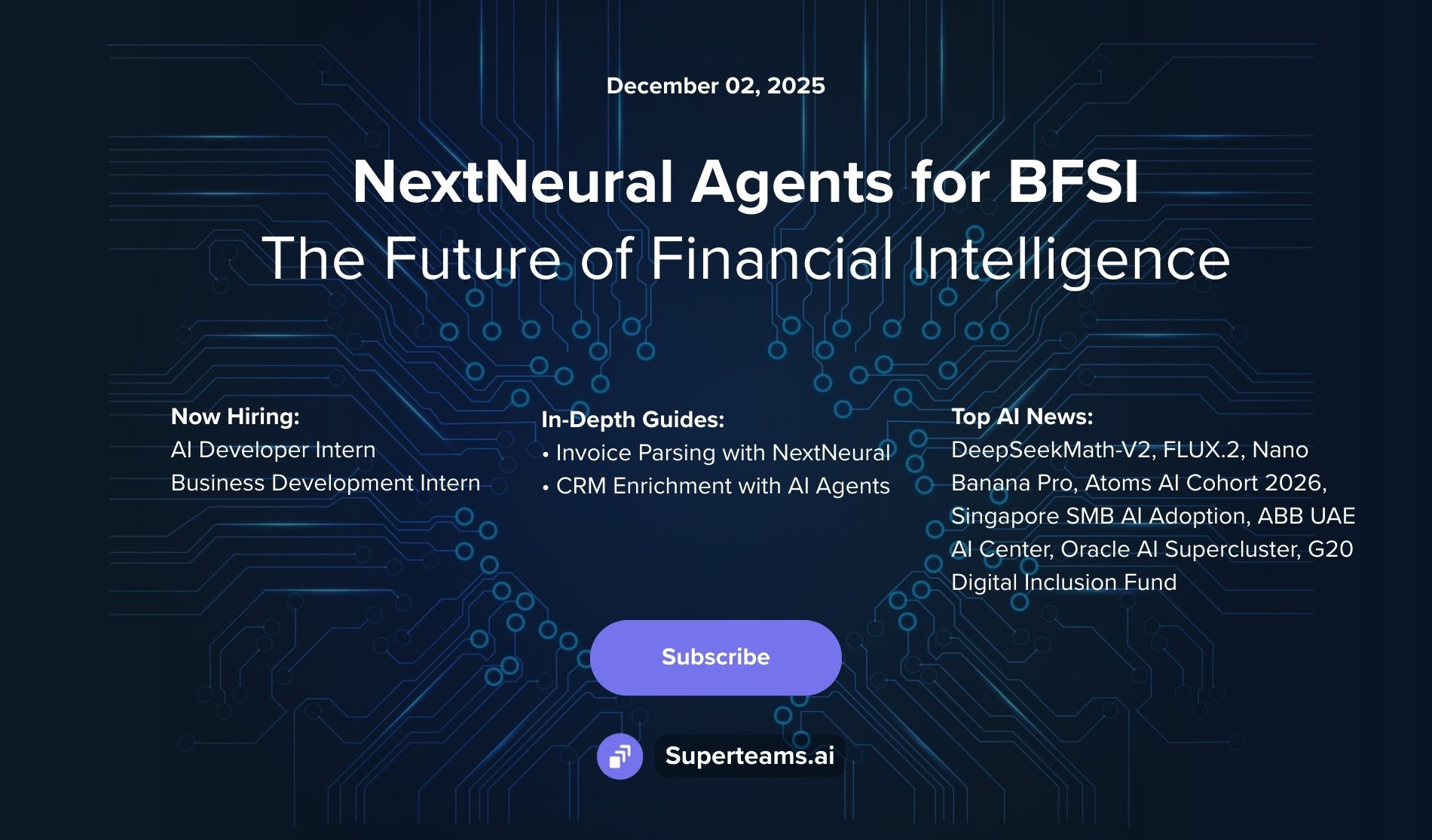How Technical Content Helps Build Sales Funnel for Technology Companies
Sales funnels are powerful tools and when backed by technical writing it can help you to grow your business tremendously.

Have you come across a situation where you have potential customers who show interest in your product/services and suddenly back-out from moving forward? There could be various reasons that can stop them from making a purchase. That's when sales funnels step in to help.
In this comprehensive guide, you’ll find out what a successful sales funnel looks like and how technical content can help build sales funnel.
What is a Sales Funnel?
Sales funnels are like pictures and graphical representations that show the different steps a shopper goes through. They help businesses figure out what their customers want, which makes it easier to turn interested people into paying customers.
And now, with the help of customer relationship management (CRM) software getting better, creating and managing successful sales funnels is simpler than ever before for technology companies to track the process.
You might also be interested in ‘Top 10 Important Technical Writing Skills to Know (2023)’ click to read more.
Lets understand the model as it is divided into top, middle, and bottom sections, representing the steps a lead takes when buying something. It looks like a real funnel, starting wide at the top and narrowing down as some prospects don't continue.

Why is the sales funnel important?
A sales funnel captures many leads and prospects, guiding them down to a smaller group of paying customers. Though each industry and company may have unique details, we can grasp its concept through a simple example:
Consider the B2C sales funnel for an e-commerce website. A potential customer begins as a visitor who comes to the site through Google, social media, or an ad. They may sign up for the email list, becoming a lead.
Through email, text, or phone, they engage with marketing campaigns, becoming a prospect. To convert them into a customer, enticing product offerings, messaging, or exciting offers can do the trick.
What are the 6 stages of the sales funnel?
Prospects move through four sales funnel stages from discovery to potential purchase (or not). Each stage reflects their mindset, needing a different messaging approach.
Sales funnels come in different sizes and shapes, tailored to each company and industry. A simple sales funnel for technology companies includes six levels. Marketers can use this basic structure as a starting point to create a sales funnel that fits their organization's requirements.
- Awareness:
The sales funnel begins at the top with the awareness stage, where the largest number of people are present. These individuals are not yet prospects and have recently encountered your company and what it offers. They have some awareness of your brand but are not well-informed about it at this point.
- Interest:
After the initial interactions, some of the newly-aware people get hooked and move slightly deeper into the funnel. Intrigued by what they've seen, they'll spend time learning more about your company and offerings. This may involve browsing your website or catalogue, reading your blogs, or checking out reviews from past customers.
Quick Tip!
While crafting your technical content strategy, prioritise evergreen content that remains valuable and applicable to your audience for an extended period. To maintain organization, utilize a content calendar.
- Evaluation:
With knowledge from the interest stage, prospects intensify their efforts to understand your company and offerings. They might contact customer service with questions or fill out forms for more information. At this point, they could have compared your offerings to competitors', so it's crucial to provide clear answers and show how your solutions can address their needs or problems.
- Negotiation and Decision:
At this stage, the prospect is nearly ready to buy your product or service. They might initiate negotiations about the price, purchase terms, or both, depending on your offerings. It's safe to assume they have a strong intention to make a purchase.
- Sale:
Now, we've reached the final third of the sales funnel. The prospect and seller have successfully negotiated the sale's terms to their satisfaction, and the prospect makes the payment to officially become a buyer.
- Renewal or repurchase:
The sales stage isn't the end of the funnel. When the sales contract is up for renewal, the customer decides whether to continue with the same seller. This could lead to negotiations over price and purchase terms, followed by a renewal or repurchase decision.

Example of a sales funnel
Picture a sales funnel for a technology company selling software online. They're aware that their main customers are in the 30-40 age group and are active on visual social media like Instagram. To attract potential customers in this age range, the company runs captivating Instagram ads.
These ads direct users to their landing page, where a pop-up invites them to subscribe to the company's newsletter for helpful tips, updates, and special offers. Those who sign up become leads in the process.
In the following weeks, these leads receive informative content about the company's software designs and quality. The goal is to educate and inspire them, encouraging them to consider how the company's software can meet their specific needs and requirements.
As the email campaign concludes, the company sends these leads a discount coupon. Having received inspiring ideas for their needs, the coupon nudges the leads closer to making a purchase.
Even after the purchase, the company stays connected with these buyers through another email campaign, focused on similar goals but featuring different content.
In conclusion, that's the essence of a sales funnel. Social media users were introduced to the company and its offerings at the top of the funnel, drawing them in. As their interest grew, they evaluated the offerings and ultimately made a purchase.
Assisting Your Customers Every Step of the Way
Imagine you're the customer and think about what you'd want to know at each step of the process. Your answers will help you talk to your customers better and get the most out of your sales funnel.
At Superteams.ai we design a funnel that suits your business perfectly, capturing leads and converting them to be more rewarding than ever before. Why wait and click on the above link to explore more.









